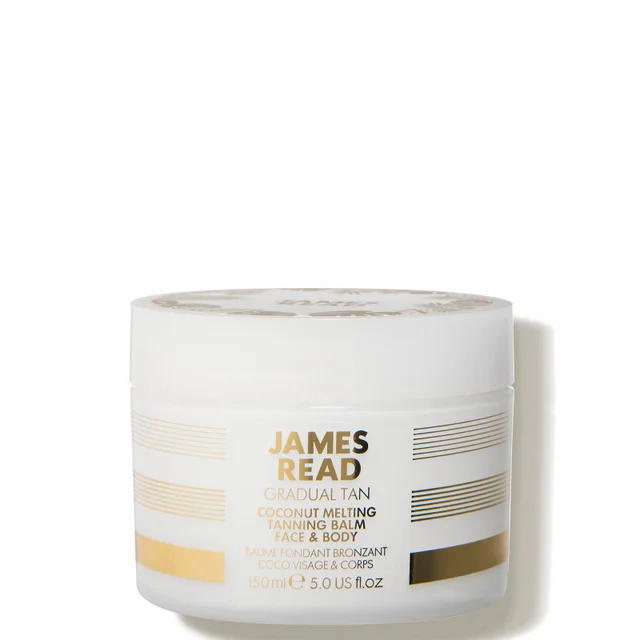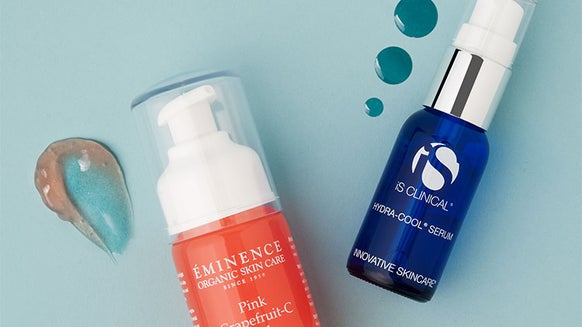How to Remove Self-Tanner (Plus, Expert Tips for Self-Tanning)
If you’re self-tanning, you’re already ahead of the curve—since it means you’re not relying on harmful UV rays to get that just-back-from-vacay bronze. But the process of applying self-tanner (and making it look natural, too) can be tricky to navigate whether you’re a newbie or have tried it a few times. That’s because even with the best self-tanner, there’s always room for error. (Of course there is.) On the bright side, it’s entirely possible to avoid mistakes—and fix those you’ve already made—with the right tips. Natalie Cupid-Riley, spray tan expert and owner of Glow the Spray Bar in New York, NY, gave us the scoop.
1. Fade a Too-Dark Tan With a Few Simple Tricks
But if the deed is already done—a.k.a. your self-tanner has developed and it’s much darker than you expected—you don’t have to wait days for it to fade. Cupid-Riley suggests cleansing with a body wash that contains lactic acid. “It will lighten the color without breaking down the tan too much,” she explains. We recommend trying one like REN Neroli and Grapefruit Body Wash, which has a citrusy scent to wake you up.
2. Exfoliate to Remove Streaks
3. Spot-Treat Tan Stains on Skin With Makeup Remover
Hey, dark spots happen. They’re especially common on smaller areas on the hands, feet and ankles, where skin may be drier and your self-tanner can build up. For smaller spots like this, Cupid-Riley recommends using a makeup removal wipe to get rid of residue. She’s even used a Magic Eraser sponge in a pinch. We recommend RMS Beauty The Ultimate Makeup Remover Wipe, which is infused with soothing coconut oil.
4. Pre-Treat With Soap to Remove Self-Tanner From Clothing

From the latest hair and makeup trends to the best solutions for your skin issues, we've got all your beauty concerns covered!









